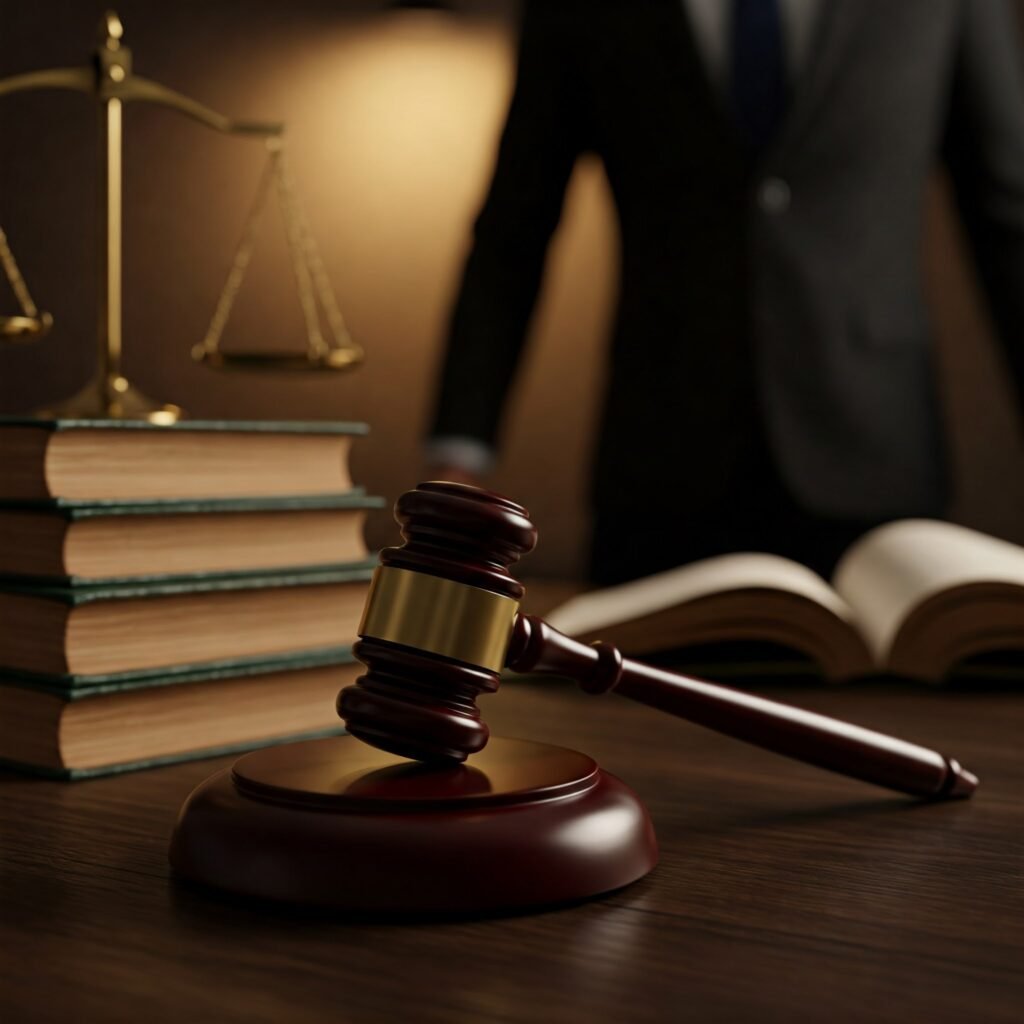Economic Headwinds Impacting the President’s Approval
A significant driver behind the shift in the President’s approval rating appears to be growing unease about the economy. While top-line numbers like unemployment and inflation might seem stable on the surface, many Americans are experiencing a different reality.
Anticipatory Friction and Recession Fears: There’s a palpable sense of “anticipatory friction” in the air. This refers to public anxiety not necessarily driven by current economic hardship, but by the fear of what might come. Discussions around potential recessions, coupled with uncertainty in global markets, are making consumers and businesses hesitant. This forward-looking fear is a powerful force impacting how people view the current administration’s economic stewardship.
Tariffs, Trade, and Rising Prices: The impact of tariffs and ongoing trade tensions is also contributing to the economic jitters. Businesses facing increased costs due to tariffs may pass those costs onto consumers, leading to higher prices for everyday goods. This direct impact on household budgets can erode confidence and negatively influence the President’s approval rating.

Concerns Over Governance and the Rule of Law
Beyond the economy, issues of governance and the perceived respect for the rule of law are also playing a crucial role in the shift in the President’s approval rating.
Questions of Executive Authority: A notable percentage of Americans express concern that the administration may be overstepping its bounds or attempting to bypass established legal norms. This perception of expanding presidential power, regardless of the specifics, can alienate voters who prioritize checks and balances and constitutional integrity.
Erosion of Trust: When the public perceives a lack of respect for the rule of law or democratic institutions, it can lead to a broader erosion of trust in the government as a whole. This lack of trust inevitably reflects on the President’s performance and contributes to a decline in his approval numbers. The historically low 100-day approval rating highlighted in recent reports underscores the significance of these concerns early in a potential term.

The Weight of Promises vs. Reality
Another factor influencing the President’s approval rating shift is the对比 between campaign promises and the reality of governing. Voters often have high expectations based on campaign rhetoric, and when the implementation of policies or the pace of change doesn’t match those expectations, it can lead to disappointment.
Economic Promises Under Scrutiny: For an administration that may have campaigned heavily on economic revitalization, the current climate of economic anxiety, even if driven by anticipation, can be particularly damaging. If people don’t feel demonstrably better off, or if they fear things will get worse, their approval of the leader is likely to wane.
Looking Ahead: Can the Trend Be Reversed?
The shift in the President’s approval rating presents a significant challenge for the administration. Reversing this trend will likely require a multi-pronged approach.
- Addressing Economic Fears: Clearly communicating economic plans, demonstrating tangible efforts to alleviate cost-of-living pressures, and fostering a sense of stability can help mitigate anticipatory friction.
- Reinforcing Commitment to Governance: Publicly reaffirming a commitment to the rule of law, transparency, and working within established democratic norms can help rebuild trust with concerned citizens.
- Connecting with Everyday Americans: The administration needs to demonstrate an understanding of the economic realities faced by average families and show empathy for their concerns.
Ultimately, presidential approval ratings are a snapshot in time, influenced by a complex interplay of factors. However, the current shift in the President’s approval rating, driven by economic anxieties and governance concerns, signals a period of increased scrutiny and potential challenges ahead.





